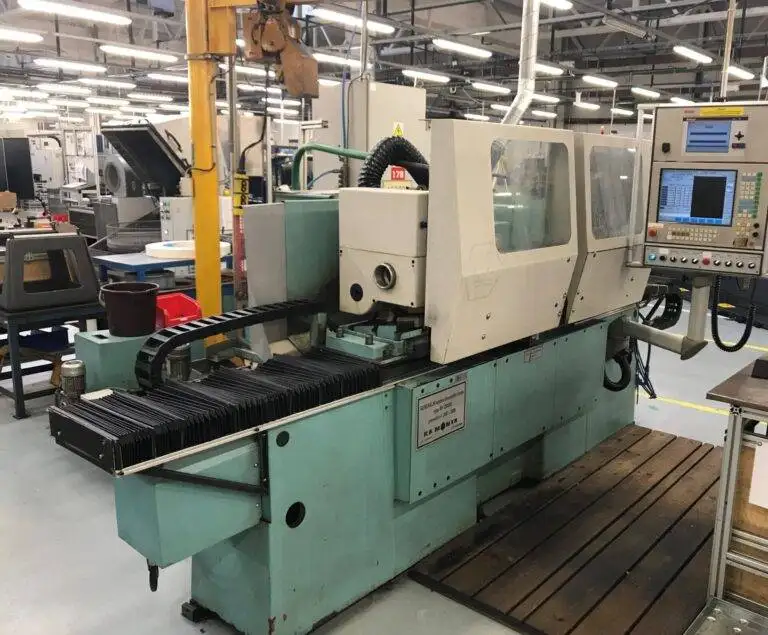Cybersecurity Considerations for Industry 4.0 Integration: Protecting Smart Manufacturing Systems
Industry 4.0, also known as the fourth industrial revolution, has brought about significant advancements in manufacturing processes through the integration of smart technologies. These technologies enable the creation of highly interconnected and intelligent systems, known as smart manufacturing systems, that enhance efficiency, productivity, and flexibility. However, as with any interconnected system, the integration of Industry 4.0 technologies also brings new cybersecurity challenges. This article explores the key considerations for protecting smart manufacturing systems and provides insights into safeguarding critical infrastructure in the era of Industry 4.0.
1. Securing the Network Infrastructure
A strong and secure network infrastructure is vital for protecting smart manufacturing systems. The network should be designed with security in mind, employing best practices such as segmentation, access controls, and encryption. Implementing firewalls, intrusion detection systems, and intrusion prevention systems can help detect and prevent unauthorized access and potential cyber threats.

2. Robust Authentication and Access Control
Implementing robust authentication mechanisms is crucial to prevent unauthorized access to smart manufacturing systems. Multi-factor authentication, such as combining passwords with biometrics or hardware tokens, can significantly enhance security. Additionally, strict access controls should be enforced, ensuring that only authorized personnel have the necessary permissions to access critical systems and data.

3. Continuous Monitoring and Threat Detection
Continuous monitoring of smart manufacturing systems is essential to detect potential cyber threats and anomalies. Deploying advanced monitoring tools and security information and event management (SIEM) systems can help identify suspicious activities, intrusions, or unauthorized changes in real-time. Early detection allows for a prompt response and minimizes the potential impact of security incidents.

4. Data Protection and Encryption
Smart manufacturing systems generate and handle vast amounts of sensitive data. It is imperative to implement robust data protection measures, including encryption, both at rest and in transit. Encryption ensures that even if the data is compromised, it remains unintelligible to unauthorized individuals. Additionally, regular data backups and secure storage mechanisms should be employed to mitigate the risk of data loss.

5. Employee Training and Awareness
Human error remains one of the leading causes of cybersecurity incidents. Comprehensive training programs should be provided to all employees, emphasizing the importance of cybersecurity practices, recognizing social engineering attacks, and reporting any suspicious activities promptly. Regular awareness campaigns and updates regarding emerging threats can help foster a culture of cybersecurity within the organization.

6. Incident Response and Recovery
Having a well-defined incident response plan is crucial to minimize the impact of security incidents and facilitate a swift recovery. The plan should outline the roles and responsibilities of personnel, the steps to be taken during different types of incidents, and the communication channels for reporting and escalating incidents. Regular testing and updating of the plan based on lessons learned from past incidents are essential for its effectiveness.
Conclusion
Integrating Industry 4.0 technologies into smart manufacturing systems provides numerous benefits, but it also introduces new cybersecurity challenges. By considering the key aspects discussed in this article, organizations can better protect.






You must be logged in to post a comment.